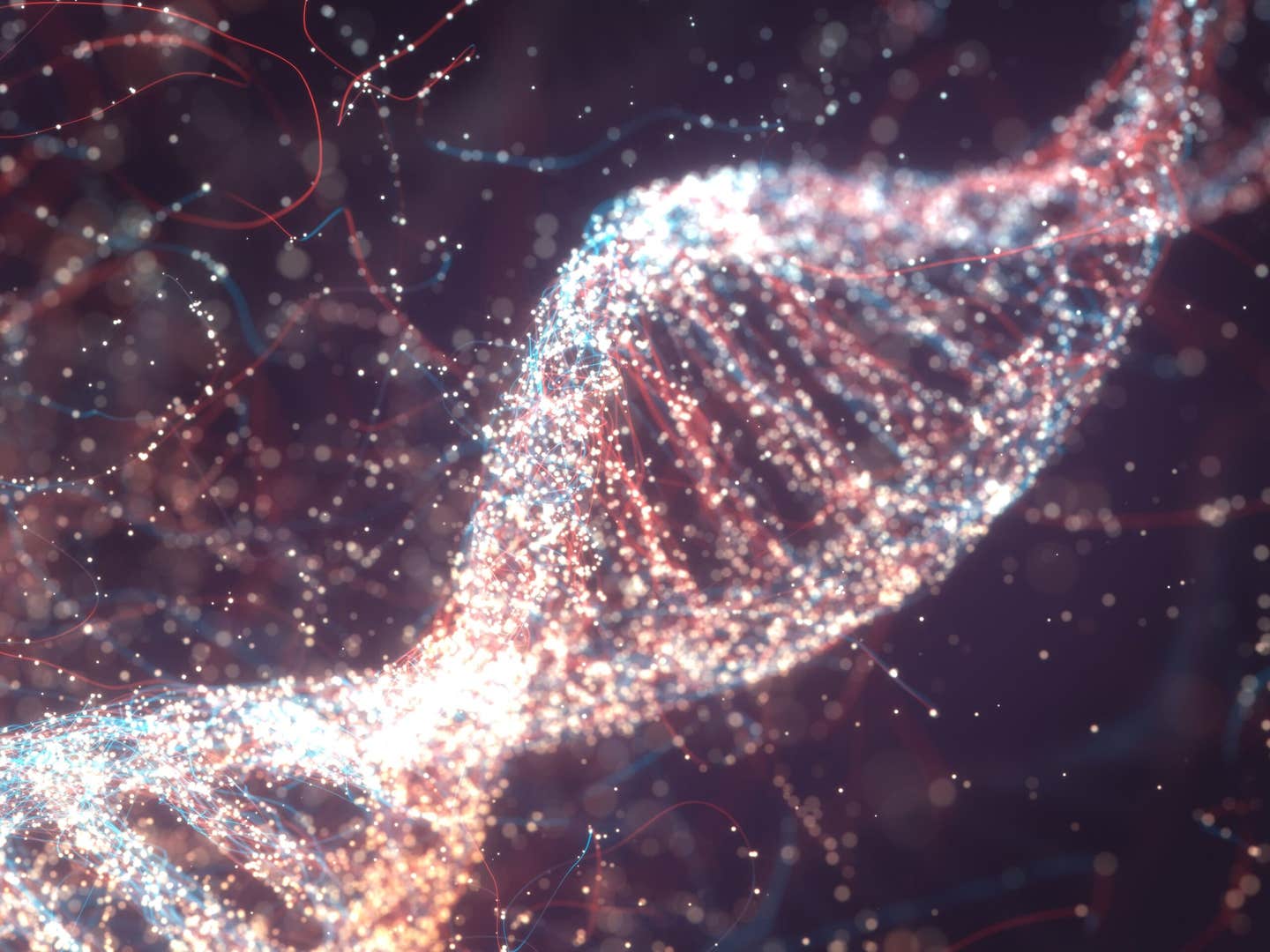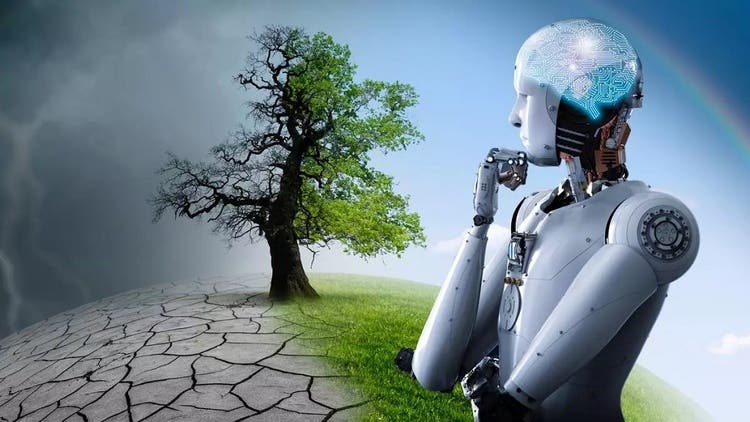Hackers are turning DNA sequencing into a biosecurity nightmare
Next-generation sequencing has grown dramatically in popularity, with millions of genomes sequenced worldwide.

Next-generation DNA sequencing is transforming healthcare, but a new study warns it faces critical cybersecurity threats. (CREDIT: Shutterstock)
Next-generation DNA sequencing (NGS) has transformed the way scientists understand genetics. With the ability to sequence DNA and RNA faster and cheaper than ever before, this technology is reshaping healthcare, agriculture, forensic science, and beyond. But as more genetic data is generated and shared, new risks emerge—threats from hackers targeting your most sensitive biological information.
A new comprehensive study published in IEEE Access reveals significant gaps in securing genetic information. Conducted by researchers from the University of Portsmouth’s School of Computing, the research highlights serious vulnerabilities throughout the sequencing process. These weaknesses expose genetic data to risks like identity theft, privacy violations, and potential bioweapons development.
Rapid Growth and Emerging Risks
Next-generation sequencing has grown dramatically in popularity, with millions of genomes sequenced worldwide. More than 26 million people had already used home genetic testing by early 2019. Experts estimate that by the end of 2025, around 60 million people globally will have sequenced their genome. This rapid expansion has brought powerful medical advances. Doctors can now better understand diseases, tailor treatments to individuals, and even detect cancer early.
But with these benefits come concerns. Dr. Nasreen Anjum, the study's lead author from the University of Portsmouth, warns that genomic information isn't being protected adequately.
“Our work is a wake-up call," said Dr. Anjum. "Protecting genomic data isn’t just about encryption—it's about anticipating attacks that don’t yet exist. We need a paradigm shift in how we secure the future of precision medicine.”
Cybersecurity Breaches and Their Consequences
Recent cyberattacks underline the urgency of this issue. NHS England's blood test provider, Synnovis, recently suffered a severe data breach. Hackers stole and leaked sensitive diagnostic information, including patient blood test results. Such breaches not only threaten patient privacy but also open doors for even more severe risks when genetic data is involved. For instance, attackers could use combined genetic and diagnostic data to identify individuals, exploit genetic vulnerabilities, or manipulate sensitive health records.
Related Stories
Similarly troubling incidents have occurred worldwide. In April 2024, Octapharma Plasma experienced a ransomware attack by the Blacksuit group, compromising personal patient data. Earlier, pharmaceutical giants Merck and Eisai were crippled by ransomware attacks disrupting production and logistics, halting critical medical research and treatment delivery. These attacks show how genetic databases, if hacked, could become targets for ransom demands, identity theft, or worse—bioterrorism.
Gaps in Awareness and Collaboration
Despite the clear dangers, there's limited awareness about cyber threats among biotech professionals. Research into securing genetic data remains fragmented, often focusing only on narrow areas like microbial sequencing or software systems. The absence of unified efforts across biotechnology and cybersecurity sectors creates dangerous blind spots. This gap makes systems vulnerable to attacks at every stage—from initial DNA collection to data storage and analysis.
“Genomic data is one of the most personal forms of data we have," emphasized microbiologist and co-author Dr. Mahreen-Ul-Hassan from Shaheed Benazir Bhutto Women University. "If compromised, the consequences go far beyond a typical data breach.”
Currently, the security of genomic data depends on various disconnected protocols. Without coordination, hackers could exploit weak points, injecting synthetic malware into DNA sequences or using artificial intelligence to manipulate genetic data. Even simple re-identification attacks could compromise privacy or lead to discrimination based on genetic traits.
A Comprehensive Look at Security Vulnerabilities
Dr. Anjum’s team mapped the entire sequencing workflow, identifying weak points in each step—from sample preparation to data interpretation. The sequencing process is intricate, involving specialized equipment, software, and connected databases. Each stage, while critical for accuracy, introduces multiple security risks. For example, if genomic data is stored on insecure servers, hackers can easily access it. Open-access genetic databases online are especially vulnerable, providing easy targets for criminals.
The study categorizes these vulnerabilities clearly, helping researchers and industry leaders recognize and respond to threats. Crucially, it highlights the need for interdisciplinary collaboration, bringing computer scientists, biologists, bioinformaticians, and security specialists together.
“Our research lays the foundations for improving biosecurity by providing a single, clear list of all the possible threats in the entire next-generation sequencing process,” said Dr. Anjum.
Urgent Call for Interdisciplinary Action
To prevent future disasters, the researchers propose several practical solutions. These include secure sequencing methods, encrypted storage systems, and artificial intelligence-based detection of unusual activities. However, these measures alone won’t suffice without coordinated global action. Dr. Anjum stresses that governments, academic institutions, and regulatory bodies must prioritize research funding, education, and policy-making in cyber-biosecurity.
“Without coordinated action, genomic data could be exploited for surveillance, discrimination, or even bioterrorism," she cautioned. "Current protections are fragmented, and vital collaboration between disciplines is lacking.”
Interdisciplinary cooperation is essential to create secure systems capable of resisting emerging threats. But the current landscape reveals that biotechnology and cybersecurity communities rarely communicate or collaborate. This lack of interaction could lead to severe consequences if left unchecked.
AI and the Future of Genomic Security
Another looming threat identified by researchers involves advanced artificial intelligence. AI tools, such as ChatGPT, could simplify and speed up malicious activities, potentially making complex attacks accessible even to less skilled criminals. The fear is that AI could help design synthetic biological threats or facilitate attacks by automating the targeting of genomic data.
Given these concerns, researchers are urging immediate action. Their work calls attention to neglected cyber-biosecurity, advocating increased awareness and preparation before threats become widespread.
Securing the Future
The rapid advancement of genetic technology promises tremendous benefits. Yet, as genetic sequencing moves beyond labs into crime scenes, consumer homes, and even space, the potential for misuse grows exponentially. Ensuring genomic data security isn't merely a technical challenge; it’s an ethical obligation.
Policymakers, scientists, and industry leaders must collaborate urgently to protect sensitive genetic information, maintaining public trust in genetic research and personalized medicine.
As genomic sequencing continues its rapid ascent, securing this powerful tool against exploitation becomes vital. Protecting genetic information today ensures safer and more reliable healthcare, forensic investigations, and agricultural innovations tomorrow.
Note: The article above provided above by The Brighter Side of News.
Like these kind of feel good stories? Get The Brighter Side of News' newsletter.
Joseph Shavit
Head Science News Writer | Communicating Innovation & Discovery
Based in Los Angeles, Joseph Shavit is an accomplished science journalist, head science news writer and co-founder at The Brighter Side of News, where he translates cutting-edge discoveries into compelling stories for a broad audience. With a strong background spanning science, business, product management, media leadership, and entrepreneurship, Joseph brings a unique perspective to science communication. His expertise allows him to uncover the intersection of technological advancements and market potential, shedding light on how groundbreaking research evolves into transformative products and industries.



